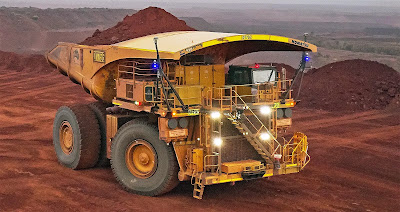This month I completed the review of all our investments.
The Australian Dollar fell from USD 0.7738 to USD 0.7500. It was another month of increases in world stock markets. The MSCI World Index rose 1.35%, the S&P 500 by 2.33%, and the ASX 200 rose 2.32%. All these are total returns including dividends. We gained 1.16% in Australian Dollar terms or lost 1.95% in US Dollar terms. The target portfolio is expected to have gained 2.32% in Australian Dollar terms and the HFRI hedge fund index is expected to gain 0.68% in US Dollar terms. So, we underperformed all benchmarks. Here is a report on the performance of investments by asset class (currency neutral terms):
Gold detracted the most from performance followed by private equity and futures. Hedge funds contributed the most followed by large cap Australian shares. The reason we under-performed the target portfolio were mainly that we had a negative private equity return rather than a strongly positive private equity return and our international stocks didn't perform as well as the index.
Things that worked well this month:
- Regal Funds (RF1.AX) gained a lot (AUD 28k) before going ex-dividend on the last day of the month. I sold into the rally. Hearts and Minds also did well (14k).
- Gold lost 30k followed by Cadence Capital losing 8k. Aspect Diversified Futures debuted with a $4k loss though Winton and soybean trading both made gains. 3i, Pengana Private Equity, and Pershing Square Tontine Holdings all lost money in the private equity category.
The investment performance statistics for the last five years are:
The first two rows are our unadjusted performance numbers in US and Australian Dollar terms. The following four lines compare performance against each of the three indices. We show the desired asymmetric capture and positive alpha against the ASX200 index. We are doing a little worse than the median hedge fund levered 1.6 times.
We moved a little away from our desired long-run asset allocation. Hedge funds is the asset class that is now furthest from its target allocation (4.25% of total assets too little) following selling most of our Regal Funds shares.
On a regular basis there are retirement contributions. I have stopped making regular contributions to investments outside of superannuation. This was a again a very busy month:
- I sold most of our Regal Funds (RF1.AX) shares as the price soared above NAV.
- I bought shares in my tenth painting at Masterworks for USD 10k.
- Following the investments review, I closed our holding of CFS Future Leaders and CFS Diversified Fund and increased our holdings of CFS Imputation Fund, CFS Developing Companies, and opened a position in Aspect Diversified Futures.
- I sold our holdings of two baby bonds: SBBA and SBKLZ.
- USD 15k of our Ford bonds were subject to an early call.
- I bought 8,000 more shares of Ruffer Investment Company (RICA.L) doubling our position.
- I opened a position (3,000 shares) in Pershing Square Tontine Holdings (PSTH).
- There was a net increase in our holding of MCP Income Opportunities (MOT.AX).
- I increased and rolled our position in the soybeans future calendar spread. I bought a put option as well which was a losing trade.
- I added 1,000 shares to our PMGOLD.AX position.
- We received 83,320 shares in the WAM Strategic Value (WAR.AX) IPO.
- There were a lot of foreign currency transactions, but I'm not going to try to summarize them.


























